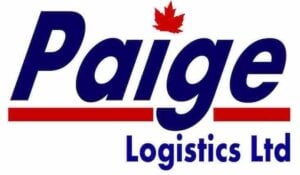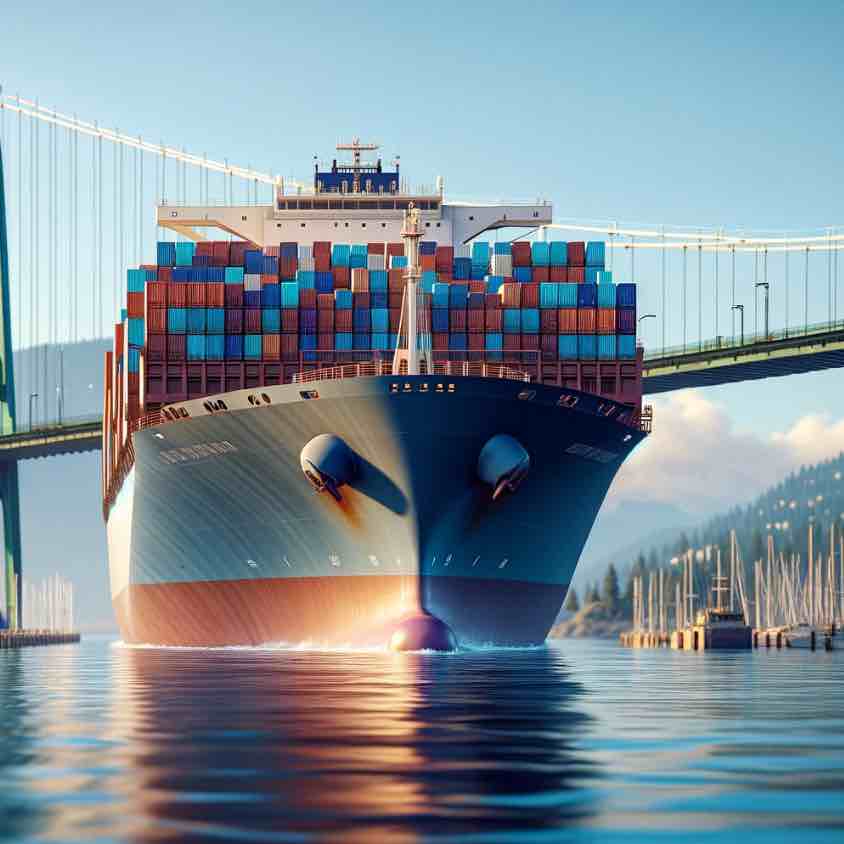CIF Incoterms
The Comprehensive Guide to CIF (Cost, Insurance & Freight) in International Trade
Awarded #1 in Shipping
click on badge
Navigating the Seas of Trade: Mastering Cost, Insurance & Freight, CIF Incoterms for Successful International Shipping
In the intricate world of international trade, understanding CIF (Cost, Insurance, and Freight) Incoterms is crucial for businesses and traders.
This comprehensive guide will sail you through the essentials of CIF, ensuring you’re well-equipped to navigate the complexities of global shipping.
Cost, Insurance, and Freight (CIF) a cornerstone in international shipping agreements, is pivotal when transporting goods via sea or inland waterways.
Under CIF, the seller bears the costs, insurance, and freight until the goods are loaded onto the vessel.
This section will delve into the nuances of CIF Incoterms, highlighting its significance in global trade.
International Shipping Services
Seller’s Responsibilities Under CIF
The journey of CIF begins with the seller, who must ensure the goods are properly packaged, insured, and loaded onto the shipping vessel.
We’ll explore each responsibility in detail, from obtaining export licenses to covering insurance costs, providing a clear roadmap for sellers.
Buyer’s Responsibilities Post-Shipment
Once the goods are aboard, the buyer’s role comes into play.
This segment will outline the buyer’s obligations, including unloading, customs clearance, and transportation to the final destination, offering practical insights for smooth transaction completion.
CIF vs. Other Incoterms: A Comparative Analysis
CIF is often weighed against other Incoterms like FOB (Free On Board) and CFR (Cost and Freight). This comparative analysis will shed light on the differences, helping you choose the right term for your shipping needs.
Real-World Applications of CIF
Understanding CIF is more than theoretical knowledge; it’s about practical application. This section will present real-world scenarios, illustrating how CIF is applied in different contexts and its impact on international trade.
Risks and Considerations in CIF Agreements
While CIF offers numerous advantages, it’s not without risks. We’ll discuss potential pitfalls and how to mitigate them, ensuring you’re prepared for any challenges that may arise during your shipping endeavors.
Go forth and trade smartly!
CIF in shipping terms stands for “Cost, Insurance, and Freight.” It is an international shipping agreement used primarily for goods transported via sea or inland waterway. Under the CIF Incoterm, the seller is responsible for covering the costs, insurance, and freight of the buyer’s shipment up to the point where the goods are loaded onto the shipping vessel at the port of shipment.
CIF is ideal for sea or inland waterway shipments where the seller has direct access to the vessel. It’s particularly suitable for non-containerized goods.
The buyer assumes the risk once the goods are loaded onto the vessel. It’s crucial to understand the insurance coverage and prepare for any potential damages during transit.
No, CIF is specifically designed for sea and inland waterway transport. For air or land transportation, other Incoterms like CIP or FCA are more appropriate.
The CIF cost (Cost, Insurance, and Freight) in shipping terms refers to the total price paid by the seller to cover the cost of the goods, the insurance on the goods, and the freight to transport the goods to the designated port of destination. This cost is significant in international trade, particularly in sea and inland waterway transport. Here’s a breakdown of what the CIF cost typically includes:
Cost of the Goods: This is the value of the goods themselves, as agreed upon by the seller and the buyer in their contract.
Insurance Costs: Under CIF terms, the seller is required to obtain and pay for the insurance coverage for the goods during transit. The insurance should cover the goods from the point of departure to the destination port. The coverage typically needs to be at least 110% of the value of the goods, ensuring protection against loss or damage during transport.
Freight Charges: These are the costs associated with transporting the goods from the seller’s premises or another named place to the designated port of destination. This includes all transportation costs to get the goods onto the vessel and the shipping costs to the destination port.
The CIF cost is a single figure that encompasses all these expenses, making it easier for the buyer to understand the total cost of purchasing and transporting the goods up to their port of destination. Once the goods reach the destination port, the buyer becomes responsible for any further costs, including unloading, customs clearance, import duties, and transportation from the port to the final destination.
- Cost: Refers to the actual price of the goods as agreed upon by the seller and the buyer.
- Insurance: The seller is required to obtain and pay for the insurance coverage for the goods during their transit to the destination port. This insurance typically needs to cover the full value of the goods, plus a certain percentage extra, to protect against potential loss or damage during transportation.
- Freight: Involves the seller arranging and paying for the costs associated with transporting the goods to the destination port.
Calculating insurance for CIF (Cost, Insurance, and Freight) price involves determining the cost of insuring the goods during their transit from the seller to the buyer’s designated port of destination. Here’s a general approach to calculate the insurance component in CIF:
Determine the Value of the Goods: Start with the agreed value of the goods being shipped. This is typically the invoice value or the contract price of the goods.
Add Additional Percentage: Insurance coverage under CIF should typically exceed the value of the goods to cover potential additional costs in case of a claim. A common practice is to insure the goods for 110% of their value, but this percentage can vary depending on the agreement or nature of the goods.
Calculate the Insurance Premium: The insurance premium rate is applied to the total value (goods value plus the additional percentage). This rate depends on various factors, including the type of goods, mode of transport, route, and overall risk assessment. The insurance company or broker will provide this rate.
Apply the Insurance Rate: Multiply the total value (including the additional percentage) by the insurance rate to get the insurance cost.
For example, if the value of the goods is $100,000 and you’re insuring them for 110% of their value, the amount to be insured would be $110,000. If the insurance rate is 0.5%, the insurance cost would be 0.5% of $110,000, which equals $550.
Therefore, the CIF price would be the sum of the cost of the goods, the freight charges, and the insurance cost calculated above.
It’s important to note that specific details can vary, and it’s advisable to consult with an insurance provider or a trade expert to get accurate figures for your specific situation.

Author, Founder & Chief Executive Officer of Paige Logistics Ltd. → Experienced operations leader with a demonstrated history of working in the Freight Shipping, Trucking and the Railroad Industry.
Stuck for finding the best freight forwarder China to Canada? Shipping with Paige Logistics! Offering extended cross border shipping Canada to California.
2023 Global Leader In Shipping
Freight Carriers Association of a Canada
Related Posts

Freight Brokerage Unlocking the Potential of Freight Brokerage Solutions for Your Business Click For Best Price Awarded #1 in Shipping click on badge Deliveries +

Freight & Shipping Insurance The Comprehensive Guide to Shipping Insurance for Freight in International Trade Click For Best Price Awarded #1 in Shipping click on

Understanding Specialized Transport Click For Best Price From Giant Machines to Hazardous Materials: The Wild Side of Specialized Transportation! Awarded #1 in Shipping click on

Seasonal Load Restrictions How to Outsmart Seasonal Load Limits and Save Big! Click For Best Price Awarded #1 in Shipping click on badge + 0

Mastering the Intricacies of CFR Incoterms A Comprehensive Guide Click for Best price CLICK ON BADGE Deliveries + 0 Happy Clients 0 manufacturers 0 Awards

The Ultimate Guide to Freight Shipping Documentation Fast Worldwide Freight Quote Awarded #1 in Shipping click on badge + 0 Deliveries 0 Happy Clients 0


